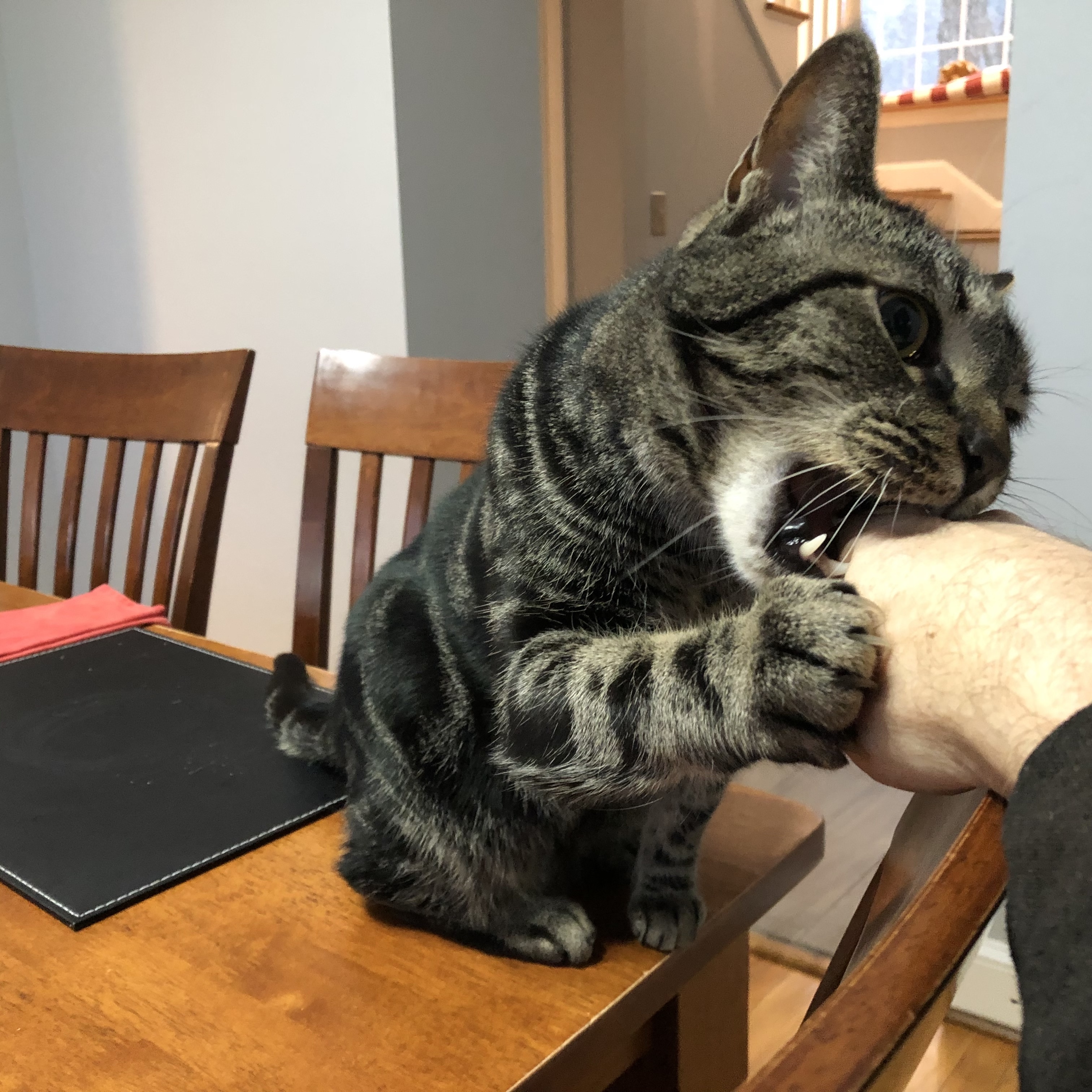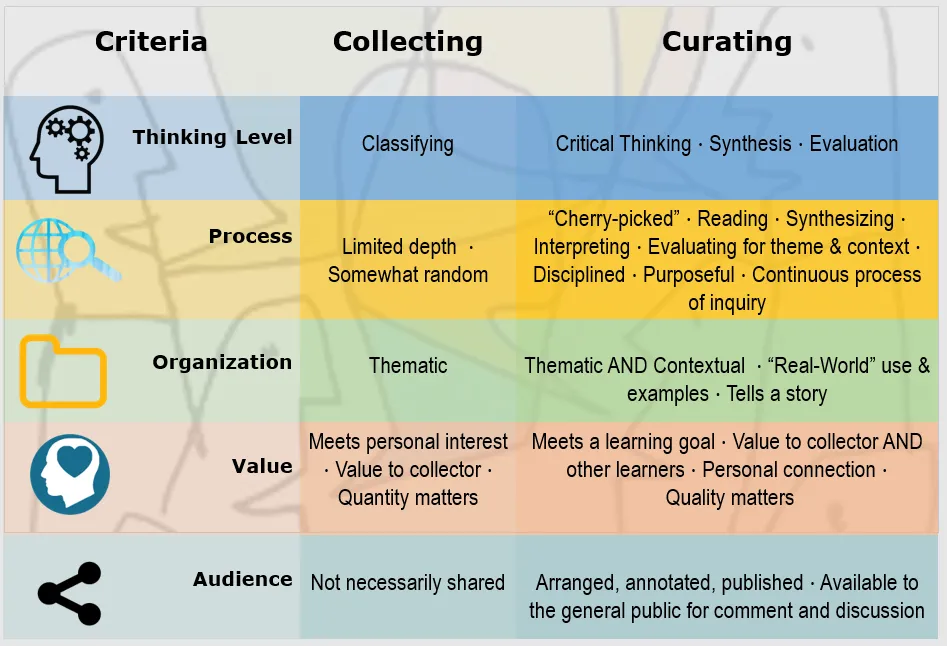Thinking about teaching: collaboration
Published:
This is the third in a series of three posts going through the bullet points below.
How to structure my course priorities and assessment using goals and objectives, covered hereHow to structure the delivery of my course by using modules,covered here and- Using online tools such as Quip to allow collaborative discussions about the subject matter of the course.
Collaborative teaching : content curation
The Center for Academic Excellence (CAE) at Fairfield suggests using Quip as a collaborative tool for teaching. In particular, they point to this article by Saga Briggs about Content Curation.
Search engines are part of our technology tools now. Being able to immediately answer any posable question is possible using the device in your pocket. The problem is that, as Briggs says, there is too much information. Too much, too much false information, too much technical information, too much specialist information.
Even worse:
I have a device in my pocket containing the sum of all human knowledge. I use it to view pictures of cats, and start arguments with strangers.

The aim of content curation, then, is to process the fire hydrant output.
Curation for Data Structures
The course I’m teaching is using two textbooks
Data Structures and Algorithms in Java, 6th Edition, Michael T. Goodrich, Roberto Tamassia, Michael H. Goldwasser, ISBN: 978-1-118-80314-1 January 2014 736 Pages
Data Structures and Algorithms in C++, 2nd Edition, Michael T. Goodrich, Roberto Tamassia, David M. Mount, ISBN: 978-0-470-46044-3 February 2011 736 Pages
So I think we have a good starting point for both Java and C++ versions.
However, no textbook caters for all students.
Assignments help meeting course goals
The goals for this course are:
- Students will be able to analyse programming problems and choose the most appropriate data structure for storing the information required.
- Students will be able to explain, graphically, how the data structures work and achieve their functionality and performance.
- Students will be able to write Java and, optionally, C++ implementations of the data structures examined.
These are a starting point curation-based assignments.
Graphical view of data structures
Some students find visual representations of abstractions easier to consume than text-based explanations, so let’s focus on point 2 of the course goals. The first collaborative assignment for each type of data structure will be to find the best graphical explanation of the data structure and its operation. This explanation needs to encompass both operation and performance.
Best explanation of data structures
Other students use a more word-based approach to learning. This may be personal preference, or it could be that they lack a mind’s eye or have Aphantasia. So, a second collaborative assignment could be to find the best textual explanation of the data structure.
Installation of Eclipse
A more pragmatic issue with this course is to get the students to use Eclipse for writing and running Java and C++ code. So, two other collaborative documents will be help on installing and using Eclipse.
How to assess curation assignments?
The prime purpose of curation is to get students to learn. Nancy White gives a good graphic showing the additional value that curation gives over simple collection.

However, quite rightly, tend to be motivated by grades. For me, the purpose of assessment is to show that students have learnt the material covered in the course. So how do I assess this?
“This” is going to be a shared Quip document. The aim will be for students to add links to other content here, and include a snippet from the link into the Quip document. Another aim is for students to “curate” (edit) the existing content to come up with a better organization or explanation from the added content.
I’m going to use the following approach:
- Each curated data structure assignment is worth two points.
- When a student adds new content to the shared document, they receive a point.
- When a student edits or reorganizes part of the document, they receive a point.
- Once the content for a particular data structure has stabilized, a poll of the students will identify the best addition to the curated content. The student who originally added that content will receive a bonus point.
Note that this means it’s possible for a student to receive a grade of one hundred and fifty percent.
Making this up as I go along
I’ve never used curation as a learning tool. As a result, I’m making up much of this as I go along. I will probably revisit this approach once the rubber hits the road.
Watch this space!
